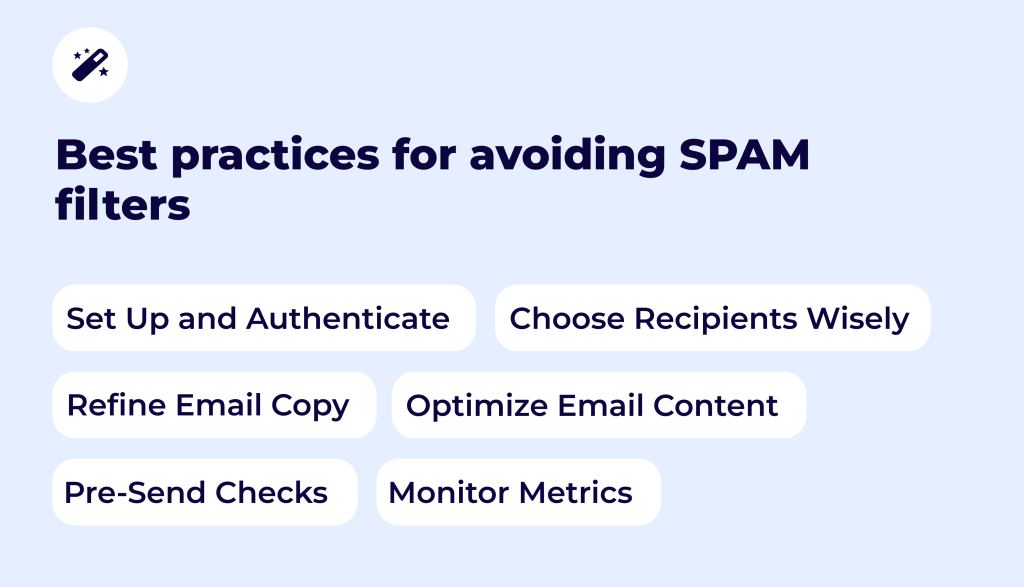When you send mass cold emails, it’s important to make sure they are not going straight to the SPAM folder. There are a lot of reasons for that – your message might be too long, include excessive images or links, contain “trigger” words, have been marked as SPAM by the recipients, or your email address might be on a blacklist.
Regardless of why this happens, being unable to reach the inbox is frustrating! It’s easy to get discouraged by all of the problems that come with low email deliverability.
Luckily, there are solutions—spam email check! One of the best things you can do is implement a regular email SPAM check as a part of your sequence setup process. Let’s figure out what this means and how to do that (+ recommended SPAM checking software).
What does an email SPAM check mean?
Wasting hours of precious time checking SPAM emails manually to sort through the inbox is something many people have struggled with until recently. As email service providers become smarter and their rules – stricter, the percentage of email that is SPAM keeps decreasing. According to Statista, it currently accounts for 45.6% of email traffic in 2023 (don’t have the data for 2025, unfortunately).
Source: Statista
However, nothing is perfect and many legit marketing and sales emails can mistakenly be marked as SPAM by the providers. To make sure your business correspondence gets through, you should test email for SPAM before you launch the campaign.
We’ll get to the details later, but, simply put, this gives you an understanding of any potential issues with your email, domain, or IP that might lead to poor deliverability and get your messages flagged as SPAM.
Why is it important?
Your business can’t reach its full potential if your emails are getting flagged as SPAM by the recipients’ email providers. An email test will tell you whether or not your email will be delivered successfully so that you can ensure your message gets seen by everyone who needs to read it!
In other words, if you don’t do any email SPAM testing, you will be sending out messages without knowing if they’ll actually get through. And if they don’t get through, then that means you’re wasting time and money on sending things that won’t reach their intended audience.







